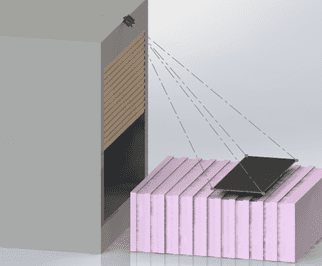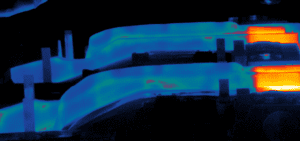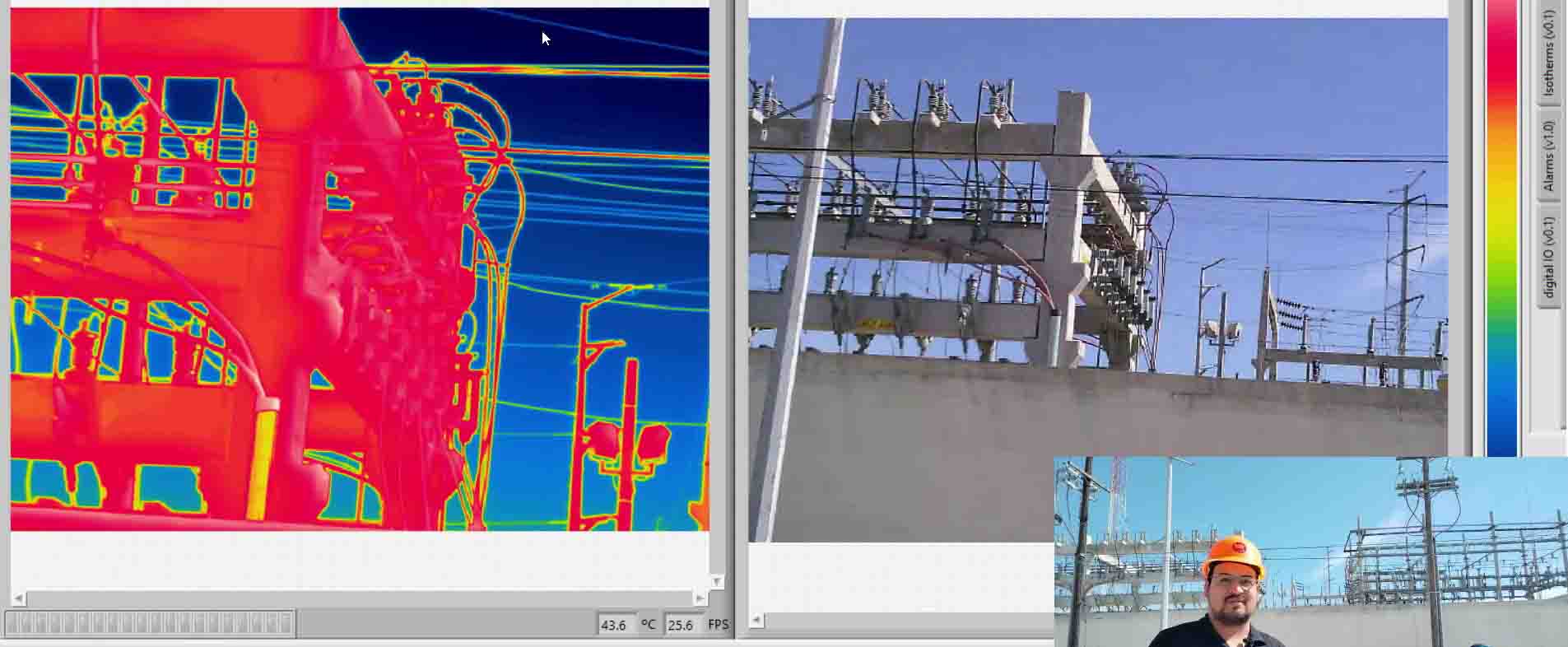Today industries are in a constant search to raise their quality standards, and the automotive sector is one of the leaders in this, so the implementation of CQI9 (Continuous Quality Improvement) is an upward trend within the processes that they involve heat treatment, in addition to the fact that today it is a requirement for ISO / TS 16949.
One of the processes where CQI9 takes on special relevance is in hot stamping, and in which thermographic cameras, being a non-contact temperature measurement element, are a vitally important tool in compliance with this important standard. same as manufacturers such as General Motors, Ford among others are already complying, and demand their suppliers.
With the help of FLIR thermal imaging cameras and the bcbDieScan it is possible to monitor the temperatures both in the oven and in the press and thus be in compliance with this standard.
Oven:
Thermography allows for non-contact inspection of the blank right out of the kiln to acquire temperature data immediately before cooling. The bcbDieScan has an image reconstruction tool that scans the pieces before the robot interferes, in such a way that the latter does not go through the measurement of the pieces and therefore they always come out complete.

Press:
It allows to monitor the temperature of the mold immediately before tempering as mentioned by CQI9 in the table below. The importance of this is that it allows us to know if our cooling system is working correctly and therefore if the temperature of the mold is adequate to achieve the desired tempering. In the event that the temperature is not adequate, it offers the possibility of alarming the operator or even instructing the robot to discard the piece.



In the same way, it allows you to see the temperature of the piece at the moment just before and after being pressed. Although in a previous step we can see the temperature of the blank as it leaves the kiln, at the time it is transferred to the kiln it generates a temperature gradient and at this point the cameras allow us to know if the temperature is adequate just before being tempered and after this allows us to see the thermal changes applied to the piece.
In addition to the benefits of thermography in the inspection during the process in real time, CQI9 makes the recommendation and reminds us of the importance of using thermal cameras during the development of the molds and their preventive maintenance.







